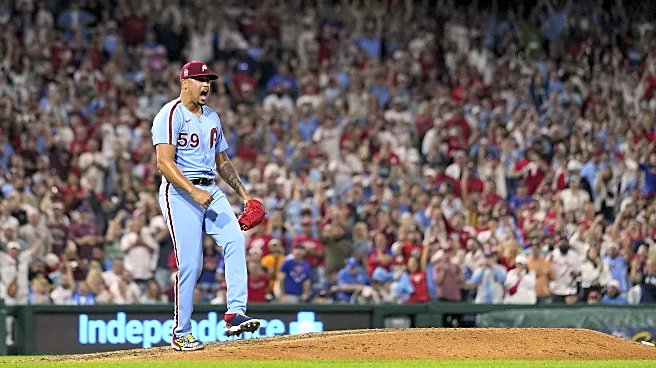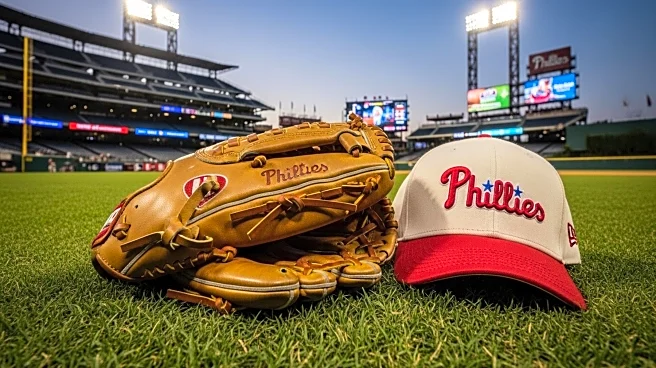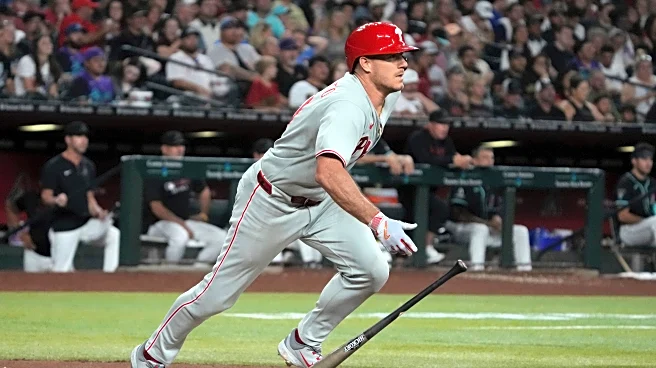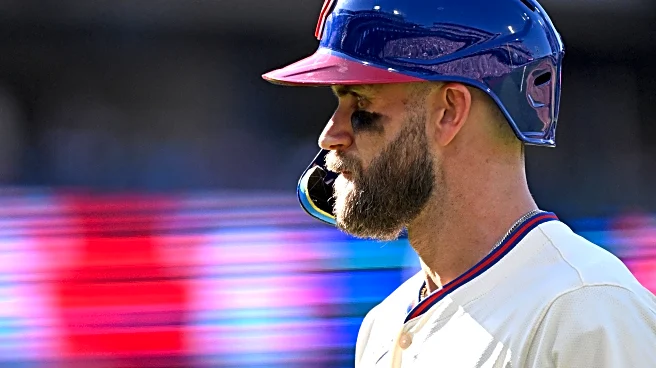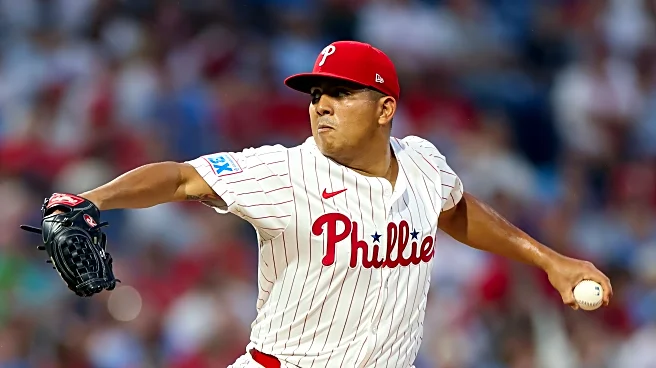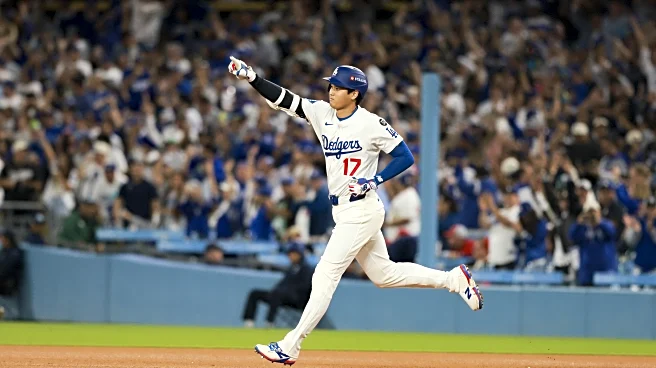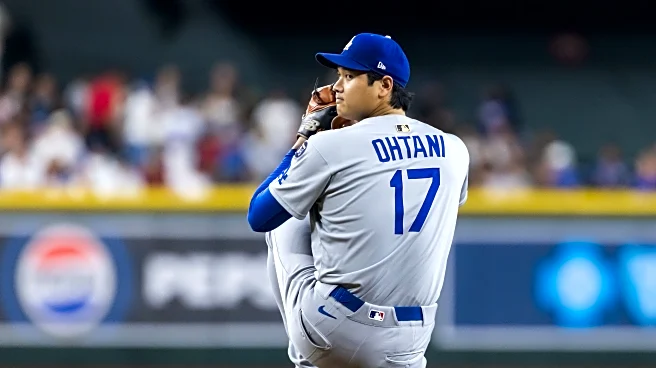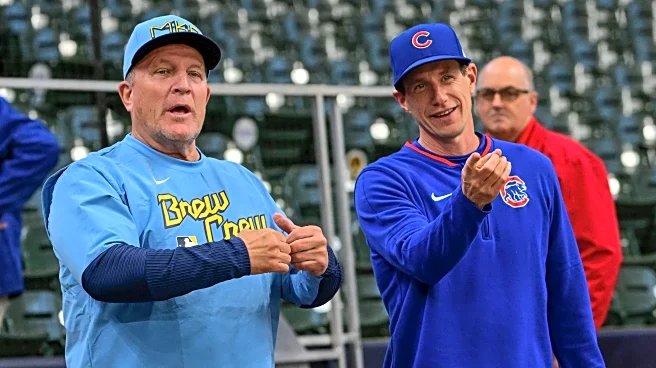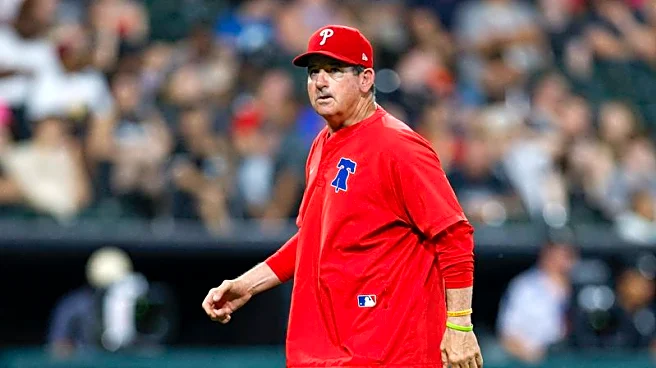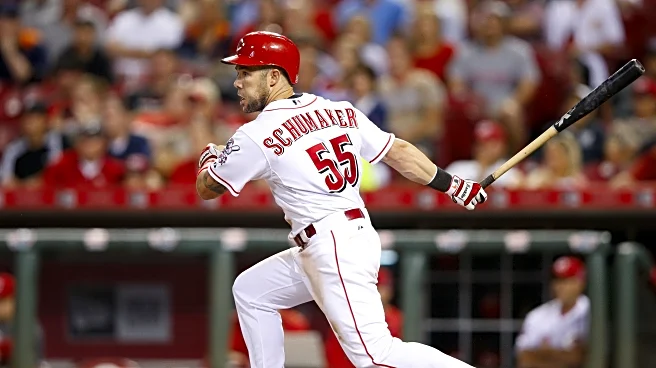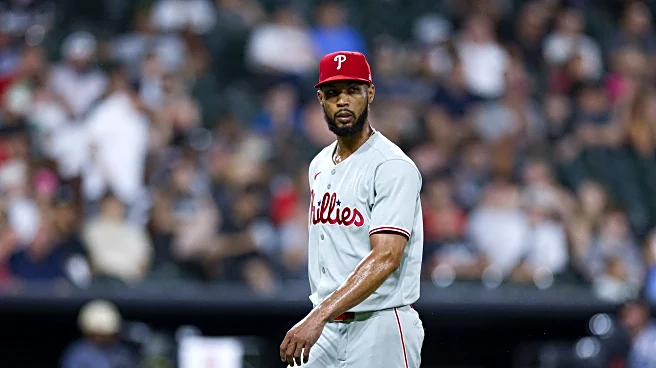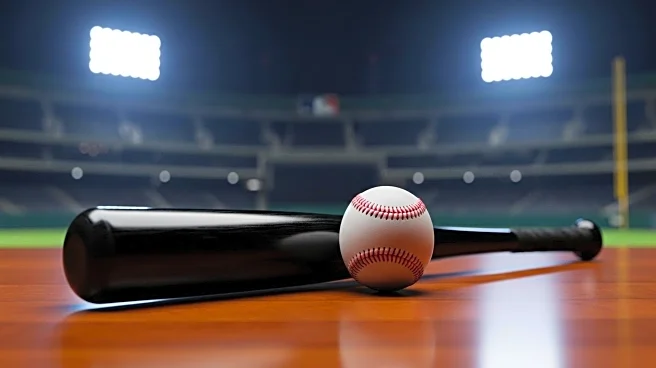One of the major reasons for the Phillies early exit from the 2024 postseason was their bullpen’s inability to hold leads. Granted, they were slim leads thanks to the offense’s struggles, but nevertheless the Phillies held leads after the fifth inning in two of their three losses and held a 1-0 lead after seven innings in Game 1. It’s a tough task for a bullpen to hold a one run lead for multiple innings, but that is exactly what will be asked of any team’s relievers in the postseason.
That reality
and the way the season ended last year likely played a large part in the Phillies’ reasoning for acquiring Jhoan Duran at the trade deadline. They previously eschewed using a traditional closer, instead going for a closer by committee role that worked well for the most part. Now, they have what they believe will be the bullpen ace that can come in and get outs to close out playoff games.
The question is how many of those outs can Duran get. The Phillies have played it safe with Duran since the trade, opting to not push him multiple innings and to be careful about his usage. Duran has only pitched on back-to-back days four times with the Phillies, or in 17% of his 23 appearances. He made back-to-back appearances 11 times with the Twins, totaling 22% of his 49 games. For his career, Duran has made 47 appearances with zero days rest. In those games, he owns a 1.60 ERA and 20 saves to go with a 54/14 strikeout to walk ratio in 45 IP. He’s made the majority of his career appearances with one day of rest, sporting a 2.49 ERA across 77 appearances.
Duran has 27 career appearances where he’s recorded at least four outs. He’s allowed runs in only four of those games for a total of 7 runs in 50.1 IP. But 22 of those appearances were spread across 2022 and 2023. Duran has only gone over an inning five times since the start of last season, and only twice in 2025. Part of the reasoning for that change was the Twins record, as they finished in fourth and fifth place respectively in the AL Central the last two seasons. You’re likely not going to be in many opportunities where pushing your closer seems to be the best option when your team is not in serious contention. Nevertheless, Duran recorded six outs and earned the win on July 5th and again recorded six outs on July 22nd of this year. In both of those games, Duran entered in the eighth inning and then finished the game. He allowed two runs (both on 7/22) on five hits with three walks and four strikeouts.
Duran has made four appearances in the postseason in his career, all coming in 2023. He did not allow a run in any of those appearances and totaled two hits and one walk to six strikeouts. The first two appearances were a back-to-back and he only went one inning in both and totaled 27 pitches. He had three days of rest before his third appearance where he also went one inning but needed just seven pitches to get three outs. Duran then had another two days of rest before his final appearance, but he went two innings in that fourth appearance and needed 23 pitches.
So, from his previous career experience, one can surmise that Duran would be comfortable with being asked to pitch up to two innings, and that the Phillies should be reasonably comfortable in asking him to do so. That means the Phillies can reliably look to Duran to get 3-6 outs at some point in a game, preferably to end it. He has never pitched multiple innings in back-to-back days, but he has gone multiple innings nine times in a span of a week or less on four separate occasions. That includes one span in 2022 where he pitched 1.2, 2, and 1.1 IP in three appearances over the span of exactly a week. Duran did not allow a run in those games and surrendered only two hits and a walk with eight strikeouts. He will likely be asked to do something similar in October.
If Duran can be counted on for 3-6 outs, where will the other 21-24 outs come from? The Phillies starting rotation led the Majors in innings pitched with 929.2 and averaged around 5.7 IP per start. That was over 40 innings more than the runner-up Cleveland Guardians who averaged around 5.4 IP per start. Leashes are much shorter in the postseason, but the Phillies should feel comfortable expecting at least 4-5 innings per game from their starters. Some, like Cristopher Sánchez, could go longer while others, like Jesús Luzardo, may only go through the order once or twice. So, we’ll say that the rotation should account for around 12-15 outs. Add that together with Duran’s 3-6, and that’s 15-21 outs accounted for.
That still leaves 6-12 outs needed from someone else. This is where things get tricky. Depending on how long a Phillies starter can go or how many innings Duran is available for, the rest of the Phillies bullpen will have to act as a bridge between the two. Matt Strahm, David Robertson, Orion Kerkering, and Tanner Banks will be the ones tasked with making up those remaining outs. That quartet will be tasked with pitching extremely important innings in the middle of games after the starter leaves and before Duran can come in and look to close the door.
Strahm will be used in the highest leverage pre-Duran or to get pockets of lefties out. Robertson will likely be behind him and the last line of defense before Duran. But keep in mind that Robertson has allowed four of his eight earned runs on the season in games that came as the second half of a back-to-back. The Phillies will likely have to limit his usage to keep the 40-year-old effective.
That leaves big outs to be had between Banks and Kerkering. Banks has served as the team’s fireman and performed well in the role, stranding 38% of his inherited runners. He will be deployed anywhere from the second inning to the eighth, as he can be asked to come in to put out a fire or to get a pocket of lefties out after Strahm.
Kerkering meanwhile is the biggest question. He didn’t live up to expectations this season and his step back likely played a part in Philadelphia opting to sign Robertson. The Phillies desperately need another right-hander after Duran who can pitch in high leverage, especially if Robertson can’t be trusted in back-to-backs. Can Kerkering be that guy? Can he lock down 3-4 outs in the seventh or eighth and hand the ball to Duran with the lead?
The formula for the Phillies to win in the postseason is fluid and of course depends on the game situation. The strength of this team is their starting pitching, and they will look to lean on it in the postseason. They will lean on Duran too but at the end of games rather than the beginning. It will be imperative for the rest of the bullpen to make the math work between the starters and Duran. If they can hit that magic number of 6-12 outs, no matter when they come in the game, the Phillies should like their chances.
